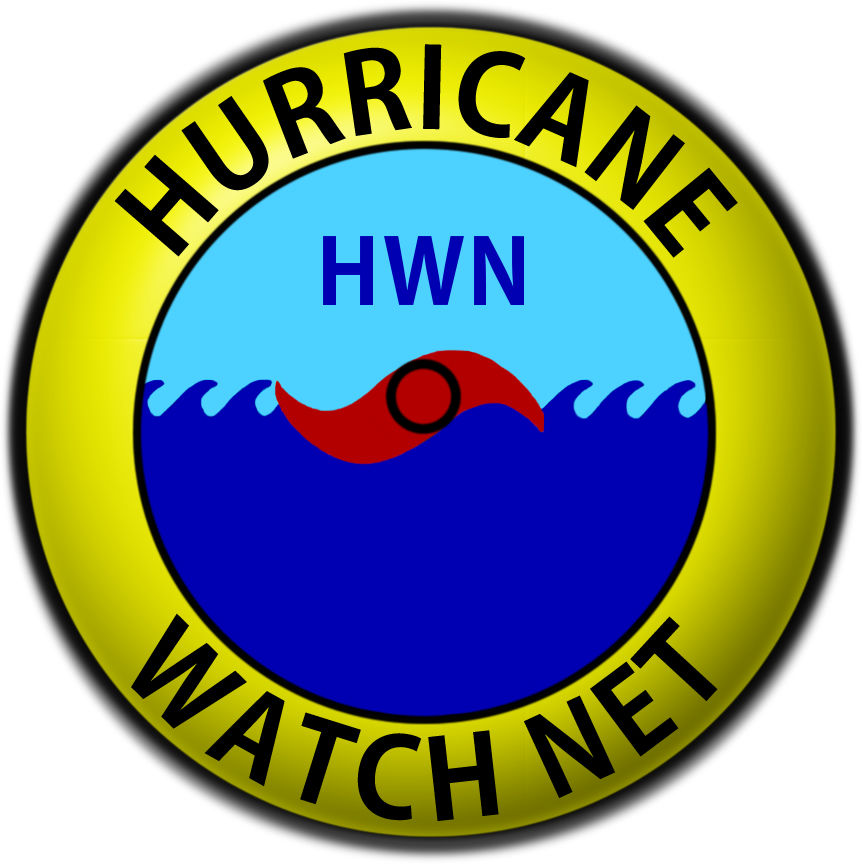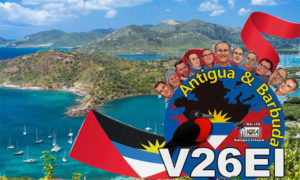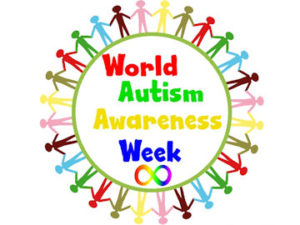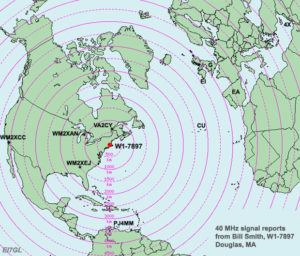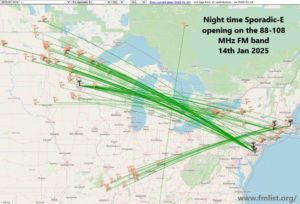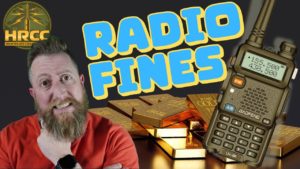Hurricane Watch Net Logs More than 29 Hours of Continuous Operation for Laura
The Hurricane Watch Net (HWN) logged 29.5 hours of continuous operation in advance of Hurricane Laura, beginning at 1300 UTC on August 26, and after the storm made landfall. One primary function of the HWN is to elicit real-time ground-level weather conditions and initial damage assessments from radio amateurs in the affected area and relay that information to the National Hurricane Center (NHC) via WX4NHC.
“Since Laura had become a Major Hurricane (Category 3) overnight, well ahead of earlier forecasts, we opened our net on both 14.325 MHz and 7.268 MHz,” said HWN Manager Bobby Graves, KB5HAV. “We did this for two reasons. HF propagation was horrible on both bands, and we wanted to make sure anyone trying to contact us would be able to do so.” Graves said it strained resources, but the net was able to get its job done. The HWN remained in continuous operation until Thursday, August 27, at 1830 UTC, well after Hurricane Laura made landfall in Louisiana, near the Texas border.
“In many ways, Laura seemed similar to Hurricane Michael in 2018, as it rapidly intensified close to landfall, nearly becoming a Category 5 hurricane,” Graves said. “Additionally, with major hurricanes, you normally have a few eye-wall replacement cycles. I don’t recall there ever being one [with Laura], and meteorologists I know agree.”
Graves noted that on Wednesday afternoon, forecasters at the National Hurricane Center used a phrase not typically heard, in order to get a point across unsurvivable storm surge. The ominous prediction certainly caught on with the media and was widely repeated.
“Given the terrain for the projected impact of Laura, the storm surge was expected to move well inland, as far as 40 miles, with depths as high as 15 to 20 feet in some areas,” he said.
Throughout its more than a day of operations, the HWN collected and forwarded numerous surface reports to the National Hurricane Center. Graves said that Emergency Management in Louisiana checked in with the net on 14.325 MHz to announce its presence on 7.255 MHz.
“After Laura was downgraded to a tropical storm, we shifted gears and began asking for post-storm reports from those affected by Laura,” Graves recounted. “We also called for emergency or priority traffic.”
Graves expressed his appreciation to other stations for moving aside for the net to use 14.325 and 7.268 MHz. “Having a clear frequency certainly makes our job easier, and we know those in the affected area greatly appreciate it as well,” he said.
Graves noted that the forecast for this year’s hurricane season is reminiscent that of 2005 when Hurricane Katrina struck. “It is forecast to be a very busy season,” he said. “When it comes to hurricane season, never drop your guard.” Families should have plans in place ahead of a major storm, and to factor the COVID-19 pandemic into those plans, he advised.
If you have found a spelling error, please, notify us by selecting that text and pressing Ctrl+Enter.
